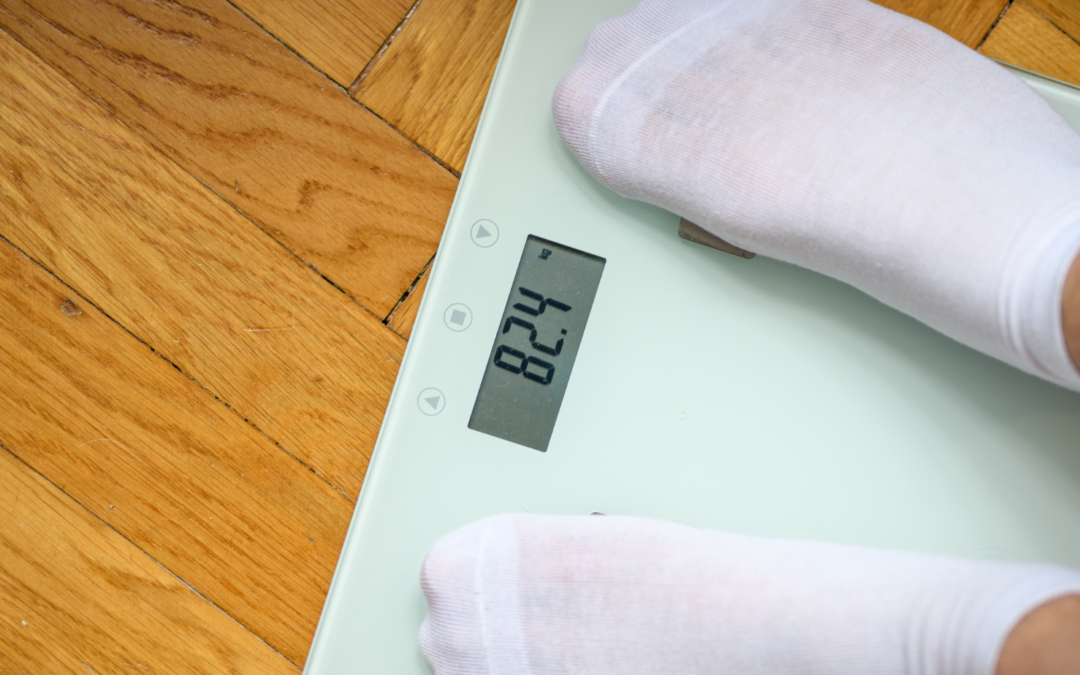Let’s be honest—winter feels like the hardest season to stay on track with weight. It’s dark, cold, and all you want to do is cozy up with comfort food. But have you ever wondered why it feels harder to keep the weight off during this time of year? The truth is, it’s not just about holiday treats—it’s about what’s happening inside your body.
If you’ve been struggling with winter weight gain, it’s not your fault. Your body is wired to make this season challenging. But the good news? There are ways to work with it instead of fighting it. Let’s uncover the science behind winter weight gain and how you can take back control.
Why Winter Weight Gain Happens
1. Your Body Thinks It Needs More Food
When the days get shorter, your body produces more melatonin, the hormone that regulates sleep. Melatonin naturally rises with darkness, signaling your body to prepare for rest. But here’s the catch: elevated melatonin also increases appetite. Your body interprets the lack of daylight as a sign that it needs to store energy for survival—cue the carb cravings.
Ever found yourself snacking on bread, pasta, or cookies in the winter without feeling satisfied? That’s melatonin influencing your hunger signals.
2. Your Metabolism Slows Down
Winter doesn’t just mess with your appetite—it slows down how your body burns calories. Thyroid Stimulating Hormone (TSH) levels naturally increase in colder months. While this helps regulate body temperature and conserve energy, it also slows your metabolism.
This means even if your eating habits stay the same, your body might store more calories as fat.
What Makes It Worse
Winter weight gain isn’t just about your body’s natural shifts—your habits can amplify it without you realizing it.
-
- Less Movement: Cold weather keeps us indoors, and it’s easy to get caught in a sedentary routine. Studies show we naturally take fewer steps and move less during winter months, leading to reduced calorie burn.
Comfort Eating: Winter cravings lean heavily on carb-rich, high-calorie foods. These meals cause blood sugar spikes followed by crashes, leaving you hungrier later and creating a cycle of overeating.
How to Stay in Control This Winter
1. Use Light to Regulate Hunger
Your body craves sunlight in the winter, but shorter days and longer nights mean you’re getting far less of it. This can throw off your body’s circadian rhythm, worsening melatonin-related hunger.
Try This: Use a light therapy lamp for 20–30 minutes each morning. Research shows that daily exposure to bright light can regulate hunger hormones, reduce cravings, and improve mood.
2. Shift Your Eating Schedule
Instead of focusing solely on what you eat, think about when you eat. Timing your meals to align with your body’s natural rhythms can curb cravings and help your body manage calories more effectively.
-
- Start Your Day Strong: Include a protein-packed breakfast like eggs, Greek yogurt, or a protein smoothie to stabilize your blood sugar and reduce hunger later in the day.
- Eat Lighter Dinners: Focus on lean proteins and vegetables to prevent overloading your metabolism at night.
3. Add Warming, Metabolism-Boosting Foods
Certain foods can naturally increase your metabolism and help your body generate heat through a process called thermogenesis.
-
- Add ginger, turmeric, and chili peppers to meals for their calorie-burning properties.
- Focus on lean proteins like chicken, fish, or lentils, which take more energy to digest, helping your body burn extra calories.
4. Stay Active, Even Indoors
You don’t need a gym to stay active in the winter. Small, consistent movements can combat the effects of a slower metabolism and keep your energy up. Here are some simple yet effective exercises to try:
-
- Dynamic Warm-Ups: Loosen your muscles and increase blood flow with movements like:
- Arm circles
- High knees
- Side lunges
- Bodyweight Circuits: Short, high-intensity sessions are perfect for staying warm and burning calories.
Example Routine (Repeat 3 Times):- 20 squats
- 15 push-ups
- 10 lunges (each leg)
- 30 seconds of jumping jacks
- Yoga for Relaxation and Warmth:
Yoga improves flexibility and keeps your body warm. Try:- Cat-cow stretches
- Downward dog
- Child’s pose
- Core Workouts: Strengthening your core helps maintain balance and improve posture, even if you’re more sedentary in winter.
- Plank (hold for 20–30 seconds)
- Russian twists (10–15 reps)
- Bicycle crunches (10–12 reps)
- Dynamic Warm-Ups: Loosen your muscles and increase blood flow with movements like:
Stair Climbing: If you have stairs at home, use them for cardio. Walk or jog up and down for 5–10 minutes to boost your heart rate.
Final Thoughts
Winter weight gain isn’t about willpower—it’s about biology. But by understanding why it happens and making a few intentional changes, you can work with your body instead of against it.
If you’re doing everything right and still struggling, Amazing Meds offers peptide therapy, a safe and effective way to regulate hunger and rev up your metabolism. Peptides work naturally with your body to make winter weight management easier and more sustainable. Ready to take control this winter? Learn more about Amazing Meds today.

Celeene Rae
Writer & Blogger @ Amazing Meds


0 Comments